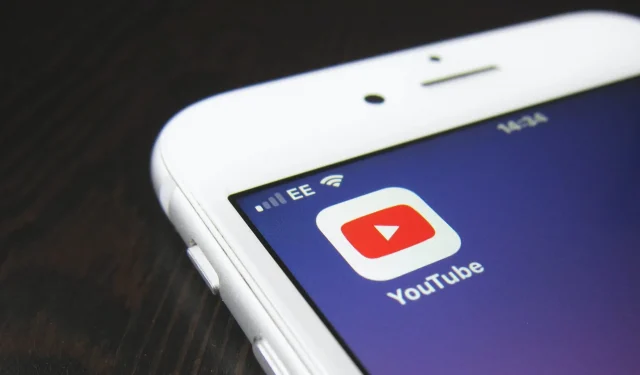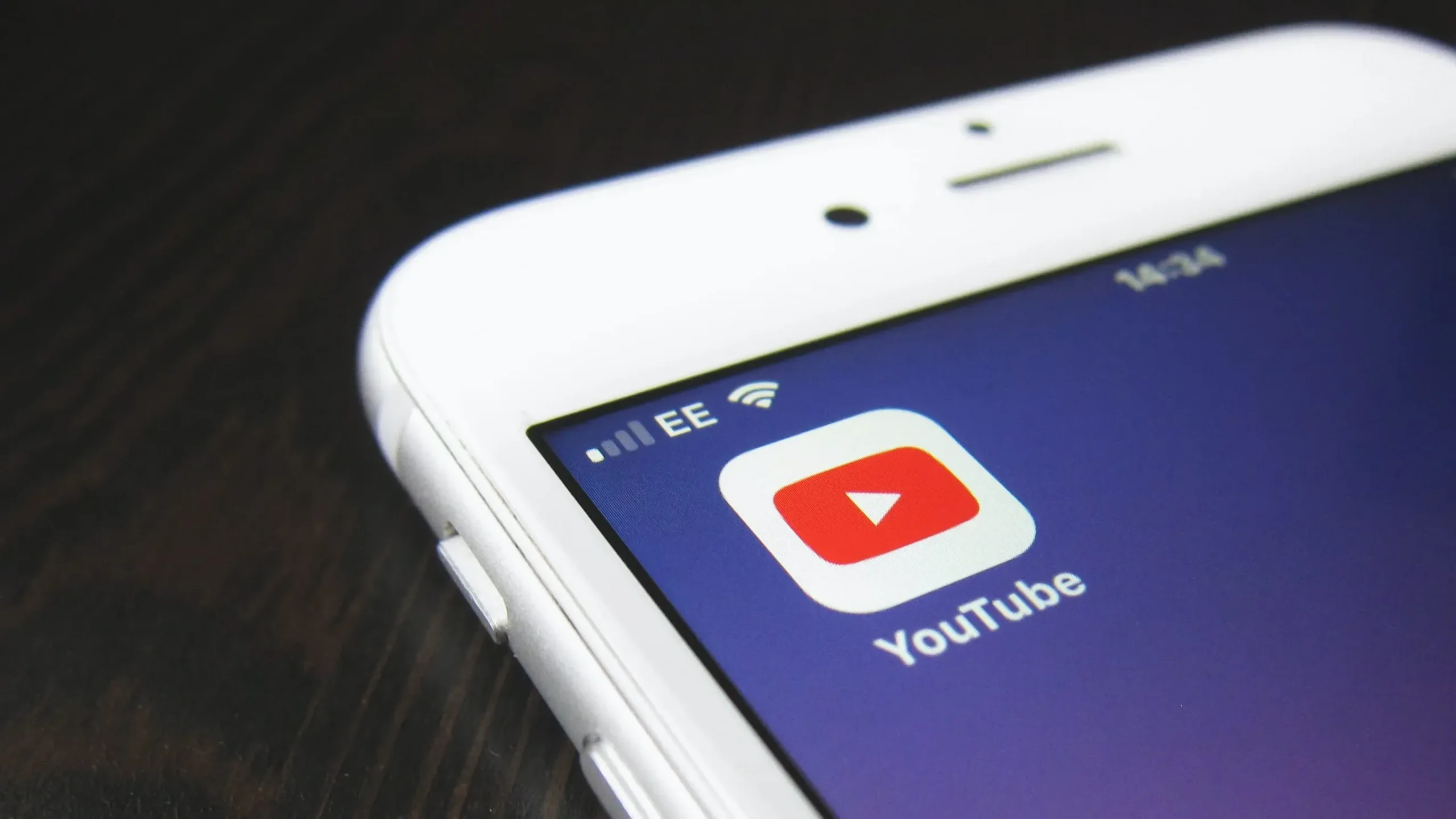YouTube will watermark your shorts to prevent cross-posting on TikTok.

Google wants to discourage people from posting short YouTube videos on TikTok by automatically adding a watermark to uploaded videos.

- What is happening? Google has announced that it will add a watermark when exporting shorts from YouTube to discourage you from posting them on TikTok.
- Why care? This should help avoid situations where the same video can be found on several social networks, but without specifying the original source.
- What to do? If you’re a creator, you can either post your YouTube shorts with a watermark, or not use YouTube Studio to edit those things.
YouTube watermark shorts to prevent TikTok repost
Not only is Instagram mindlessly copying TikTok around every corner, Google is starting to feel insecure too. At stake is the cross-posting of YouTube shorts on TikTok and other competing social networks without YouTube being credited as the source.
Many people use YouTube Studio to create and edit short films. Typically, reposting a video elsewhere involves downloading the video file to your device to share it on another social network. Read: How to Live Stream to YouTube from Apple Devices
But now Google will start automatically adding a watermark to any video exported from YouTube Studio to make sure the footage is properly credited. This was confirmed by a YouTube community manager in a thread on the YouTube forums.
If you are a creator uploading your shorts from YouTube Studio to share on other platforms, you will now find a watermark added to your uploaded content. We’ve added a watermark to the shorts you upload so your viewers can see that the content you share across platforms can be found in the YouTube shorts. This will happen over the next few weeks on desktop, and we plan to expand it to mobile devices in the coming months.
Creators who don’t like watermarks on their videos can resort to tricks to avoid this, but it will take extra work and may not be worth it.
How to crosspost on social media
The obvious choice would be to not use YouTube’s video creation tools at all to create shorts. Instead, assemble the short film locally on your computer using video editing applications such as Adobe Premiere or Final Cut Pro.
Then you can upload the resulting file to any number of services without any problems. You can even add the relevant service’s watermark to each download.
TikTok does the same when you try to upload a clip before re-sharing it on a separate service. The app marks any exported clips with a red and blue watermark and creator’s mark. TikTok outperforms YouTube here because it doesn’t just attach a watermark in the corner of a video that can be easily cropped.
Instead, the watermark on the exported tiktok jumps across the screen.
Just don’t make your TikTok on Instagram Reels
Instagram also doesn’t want the videos to be hosted anywhere else. As Meta recently warned, its algorithm will downgrade any piece of video content that shows a watermark from another app. But Instagram is taking it one step further by banning TikTok creators from using Instagram’s video editing tools.
As reported by The Verge, many TikTok creators prefer Instagram editing tools and filters over TikTok offerings. Until recently, you could export your Instagram Reels footage and use it in another app.
But now when you try this you will get a silent video. This forces you to post the clip to Instagram first, which will save the audio. Only then will you be able to repost your video on TikTok.
Leave a Reply